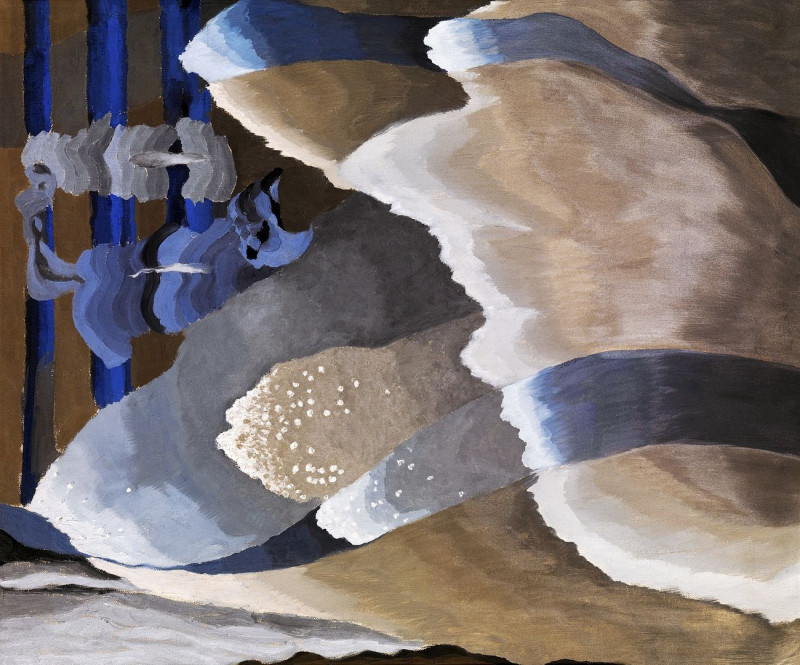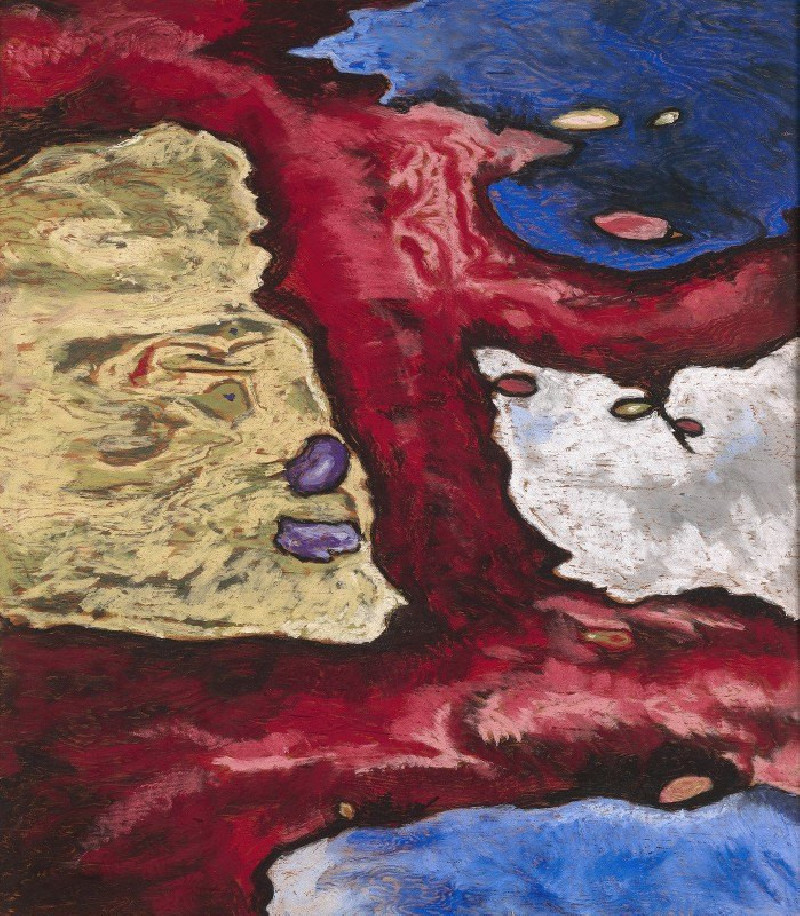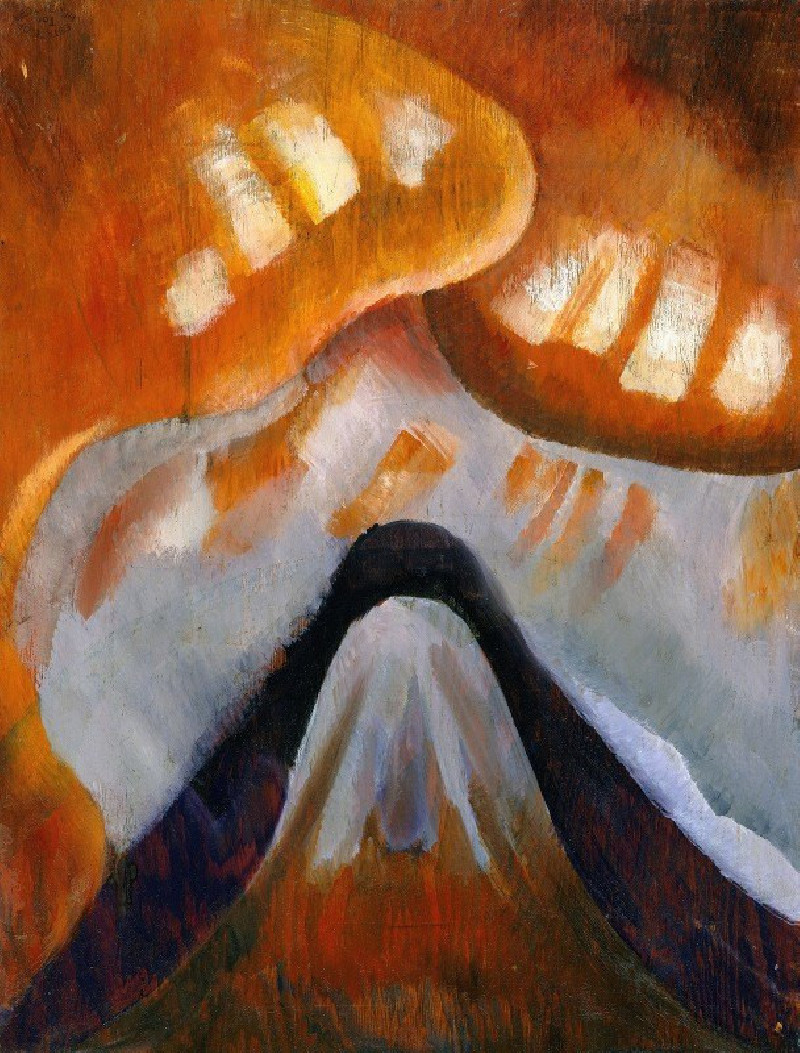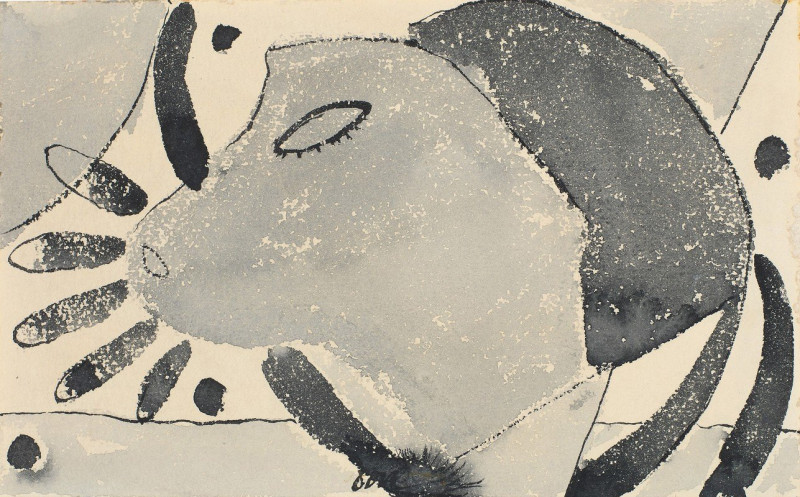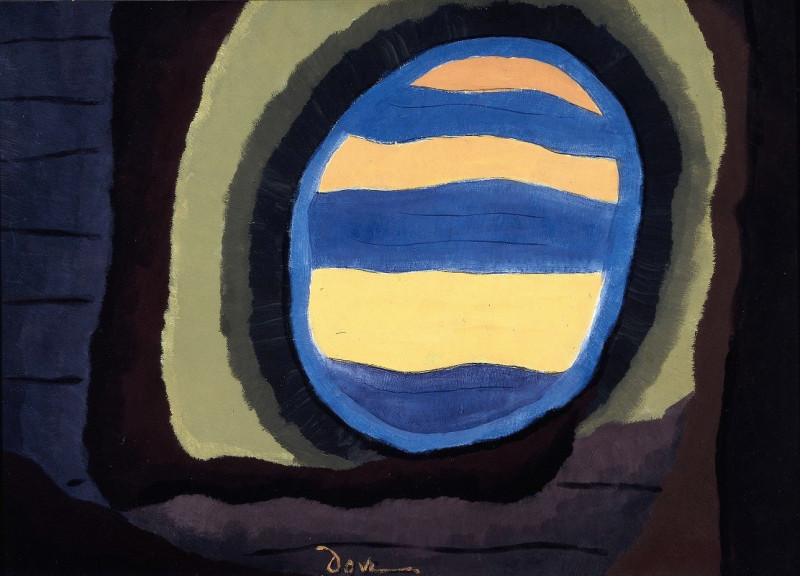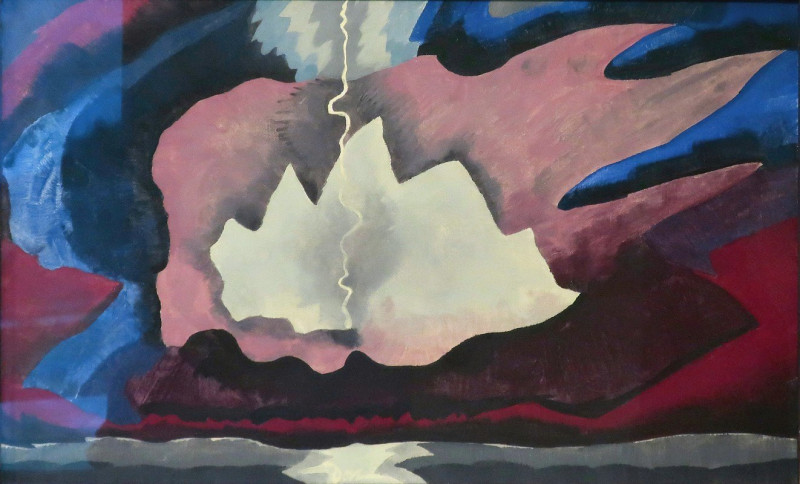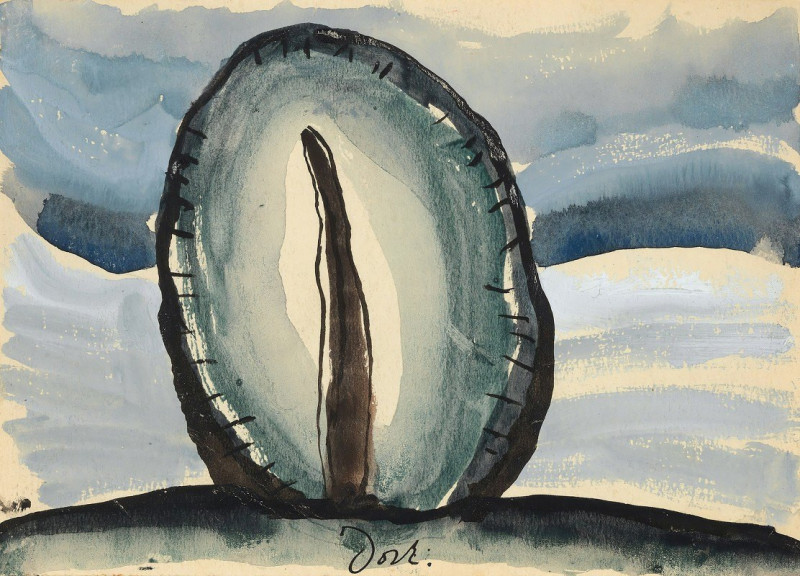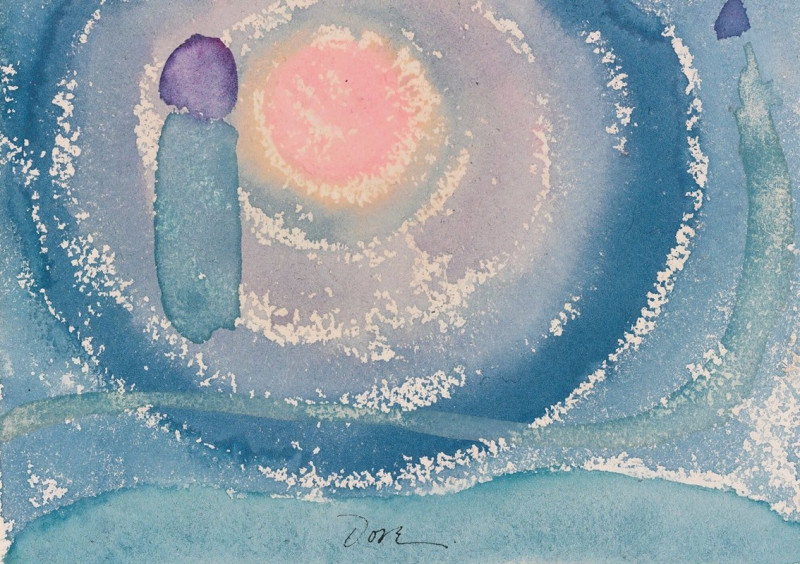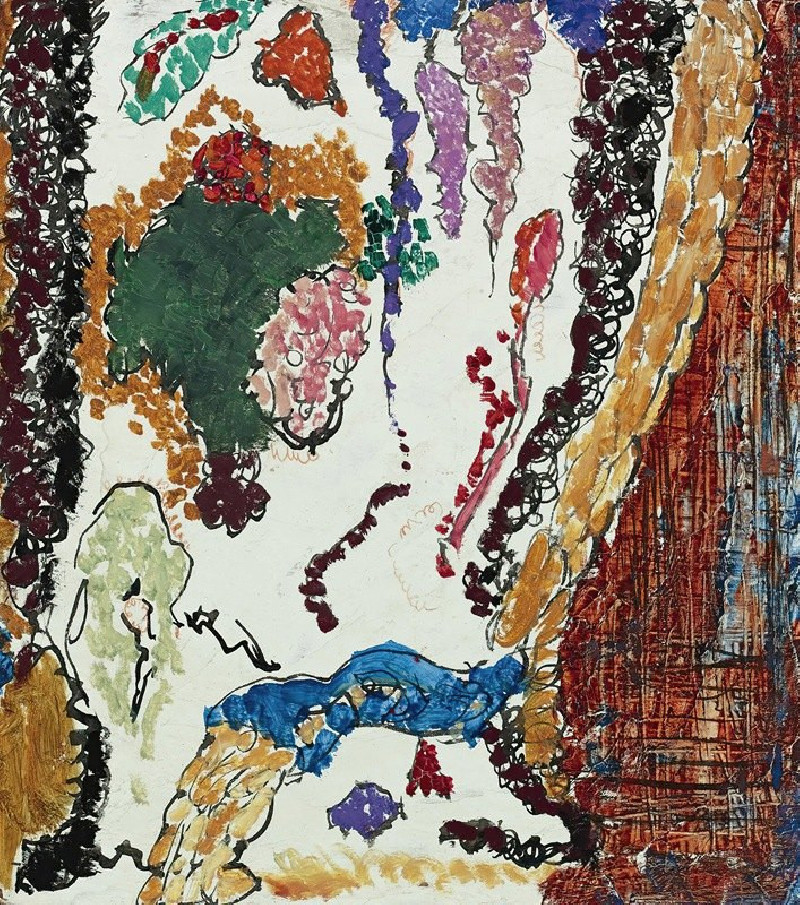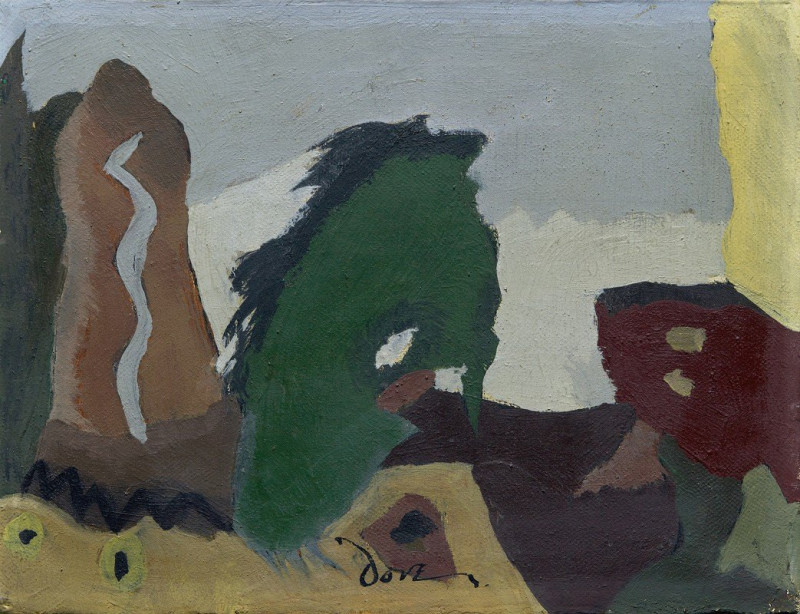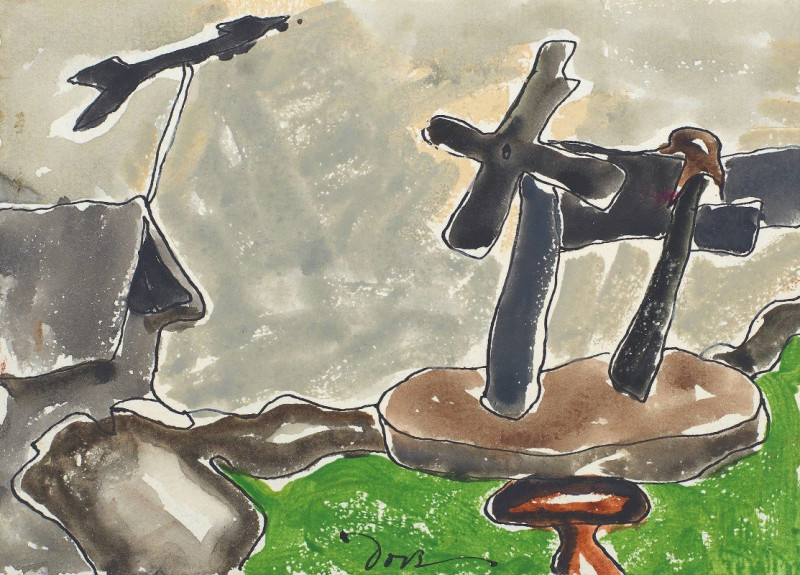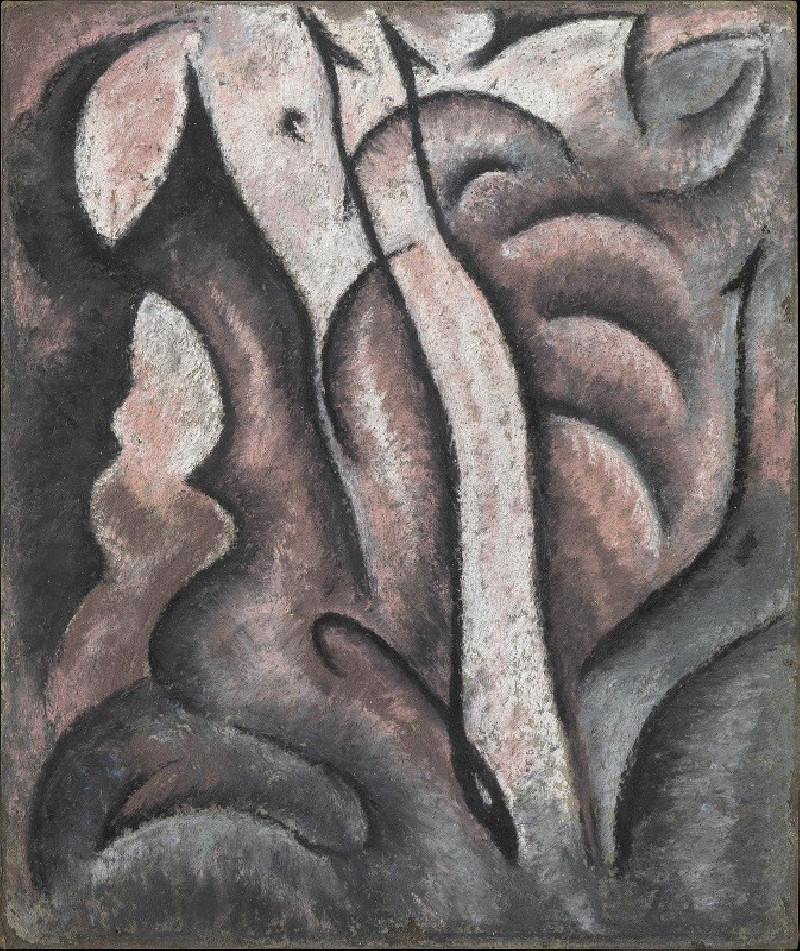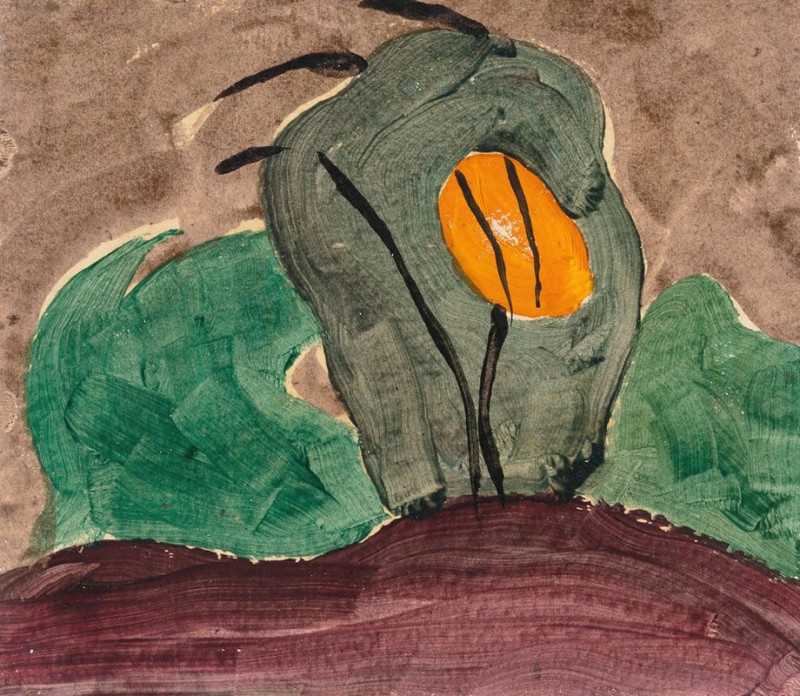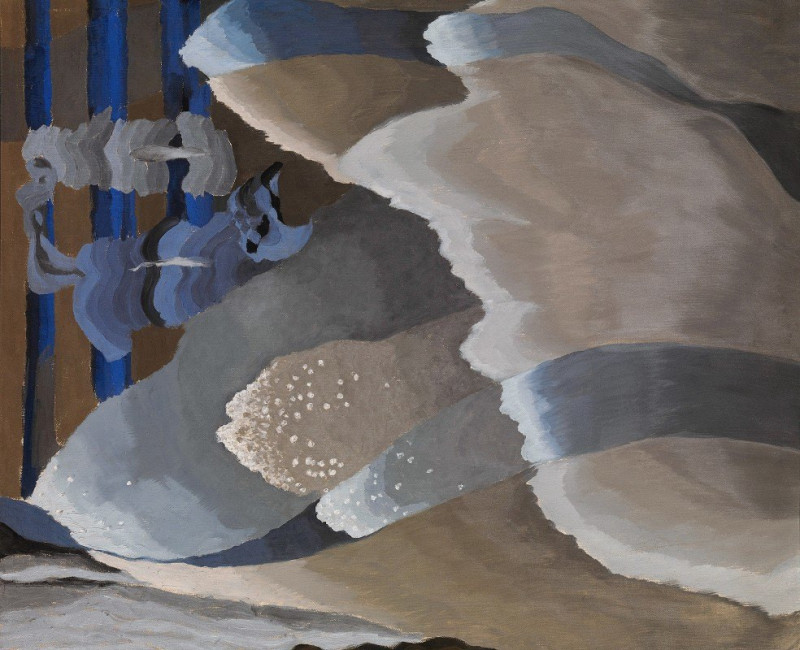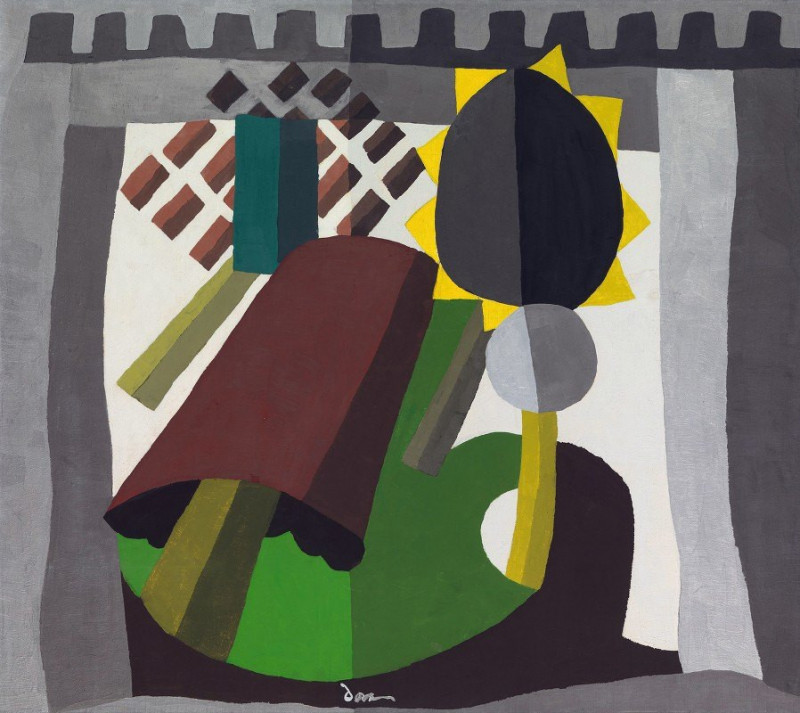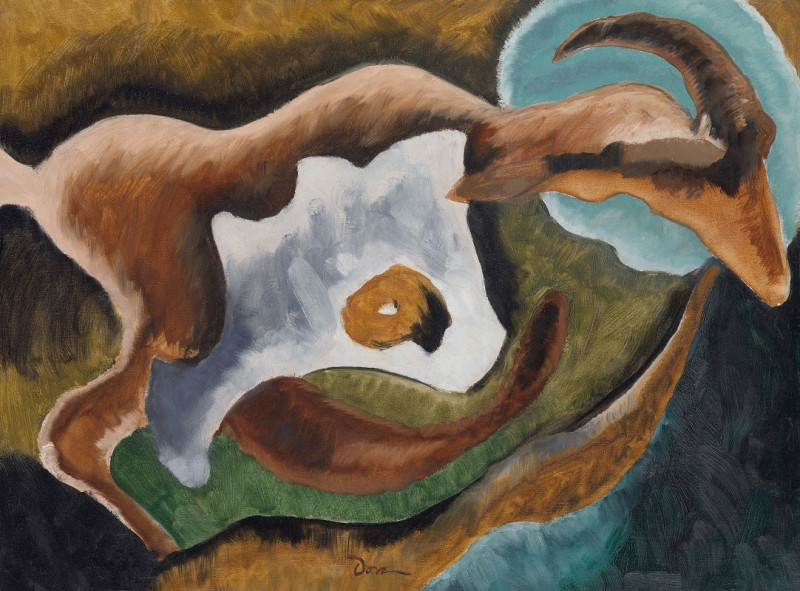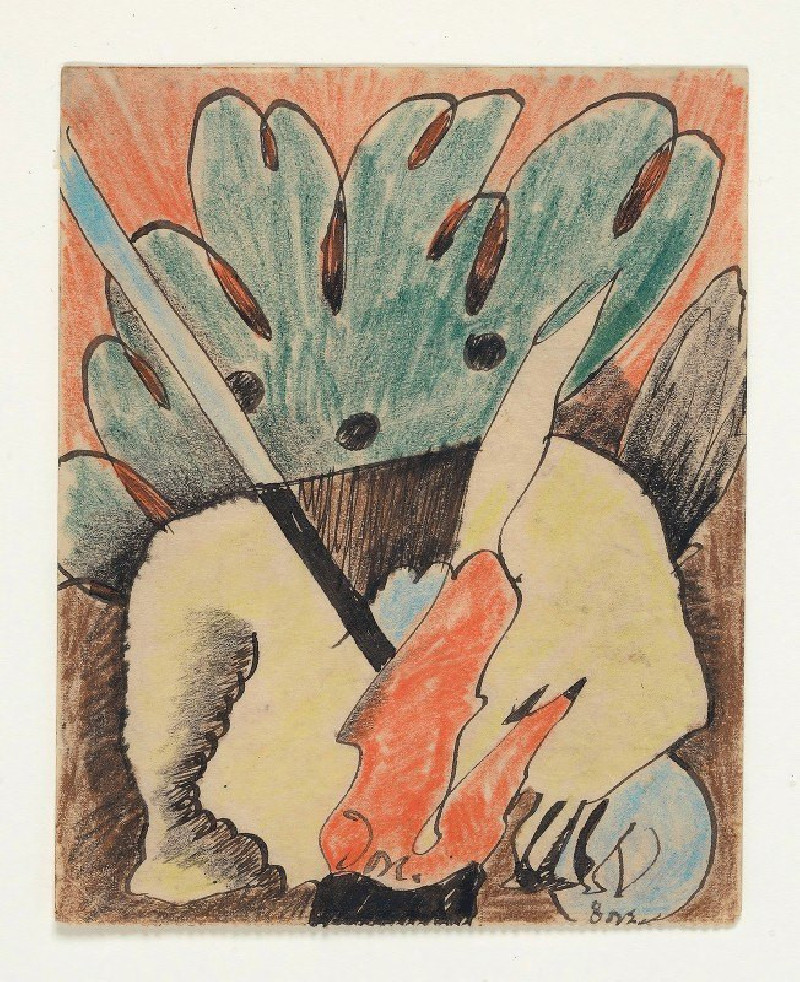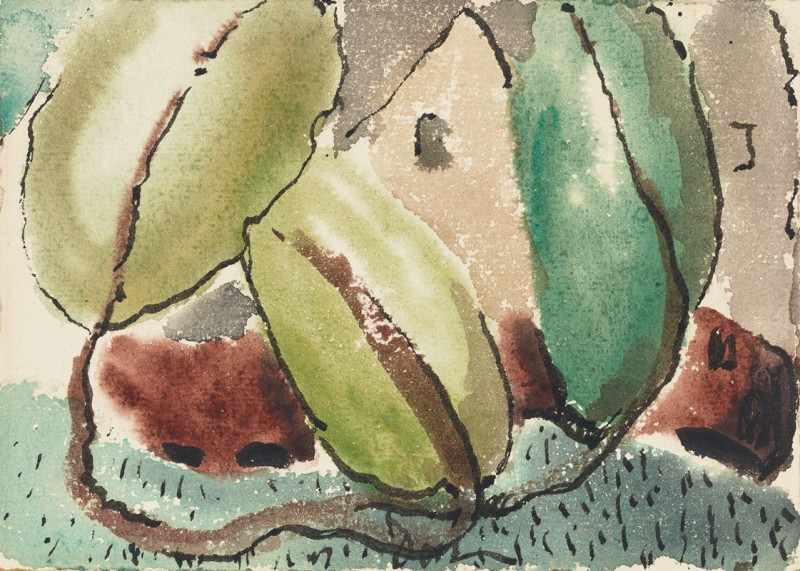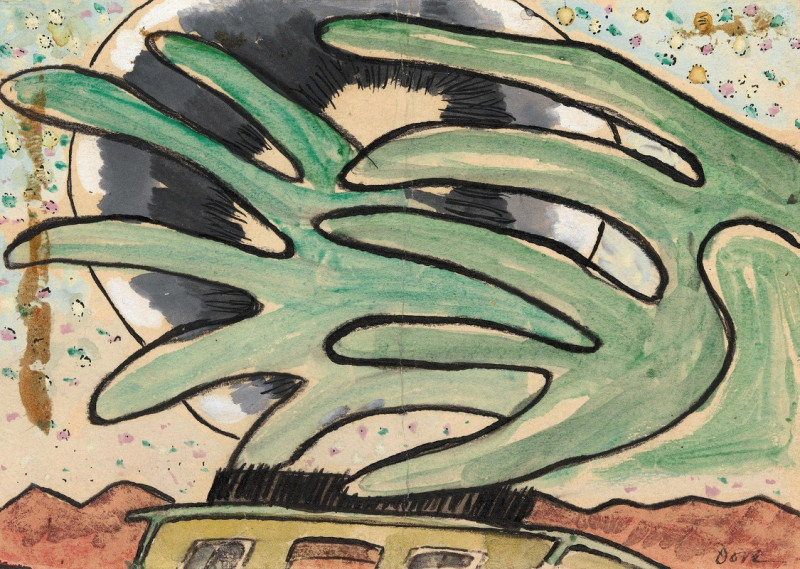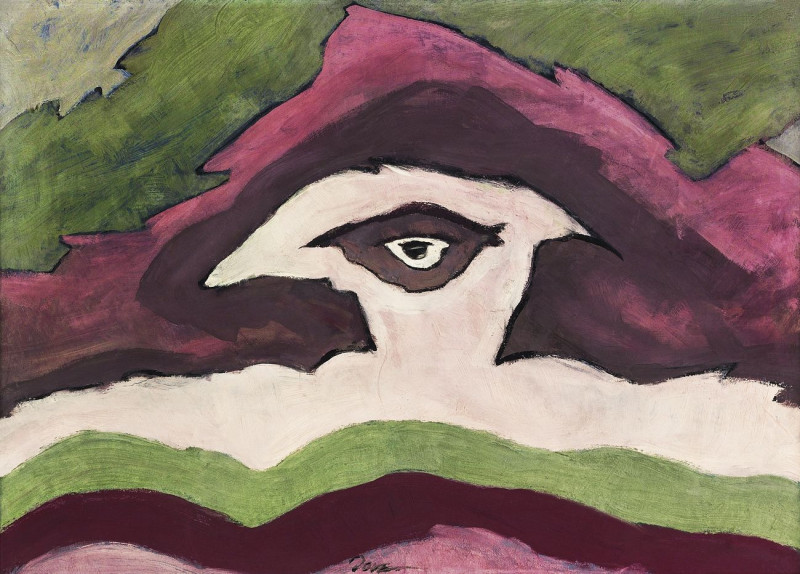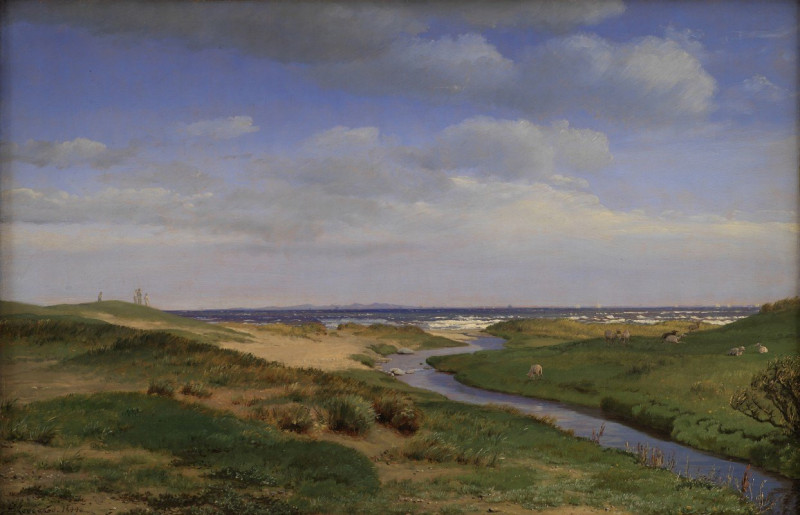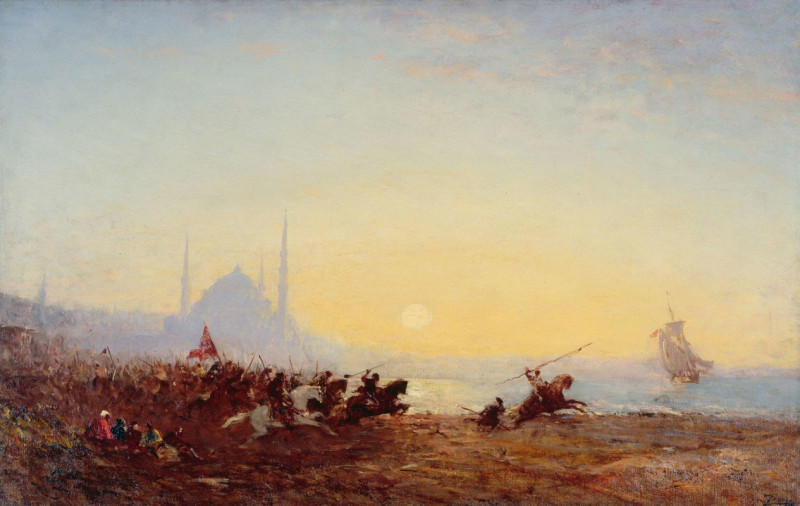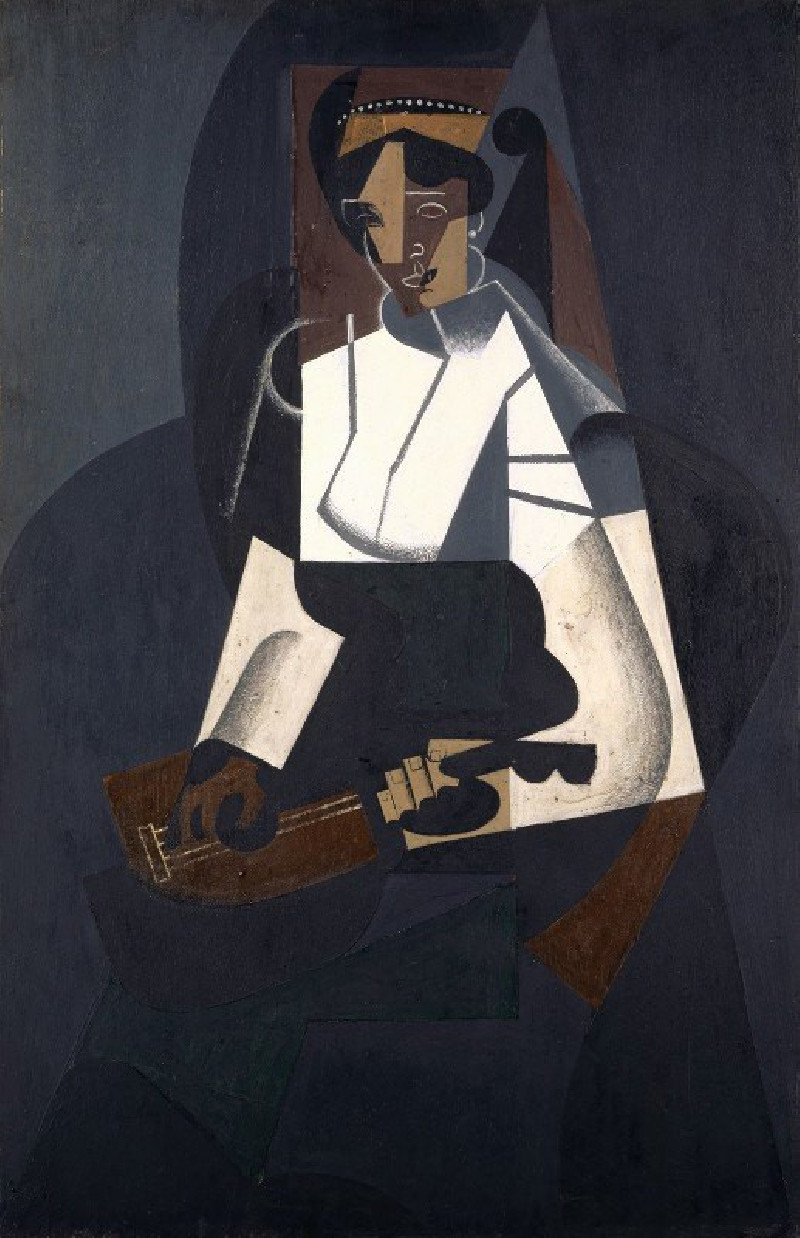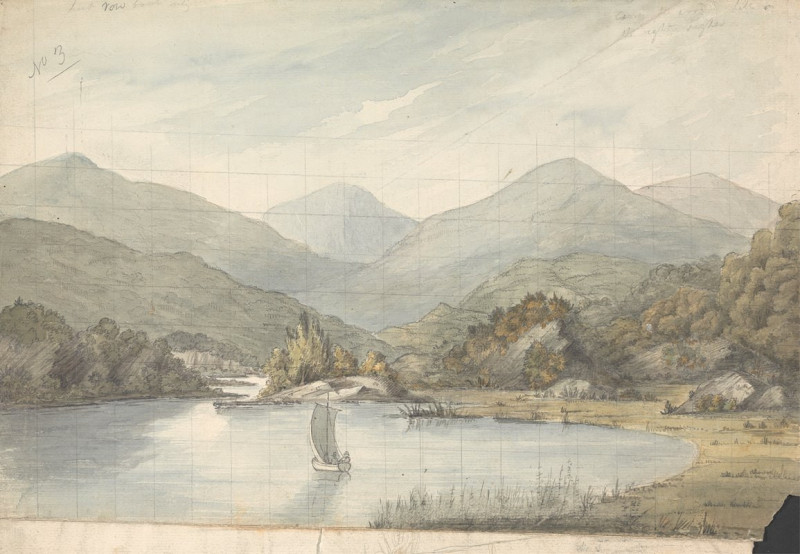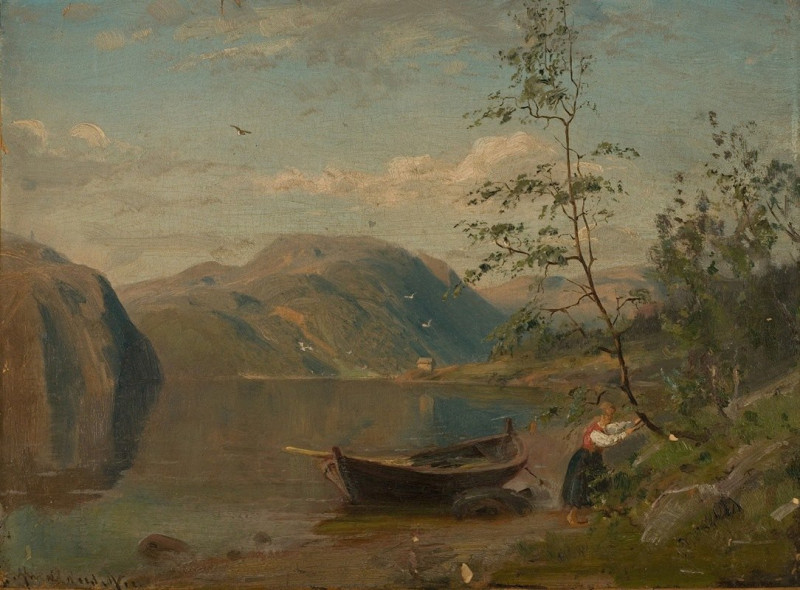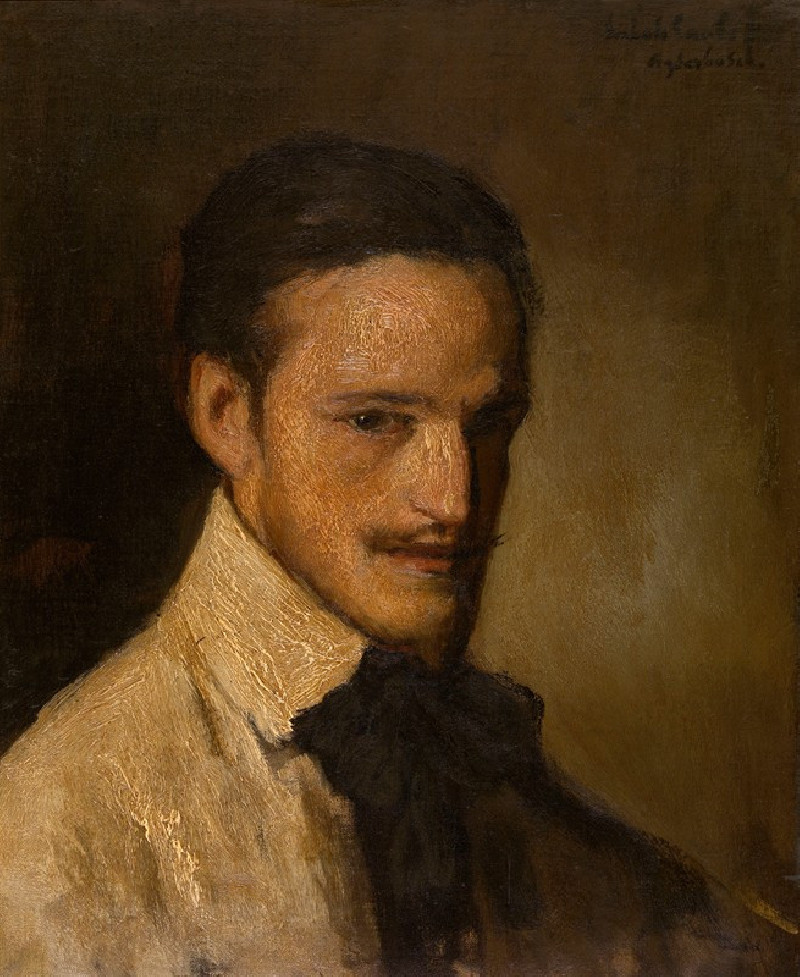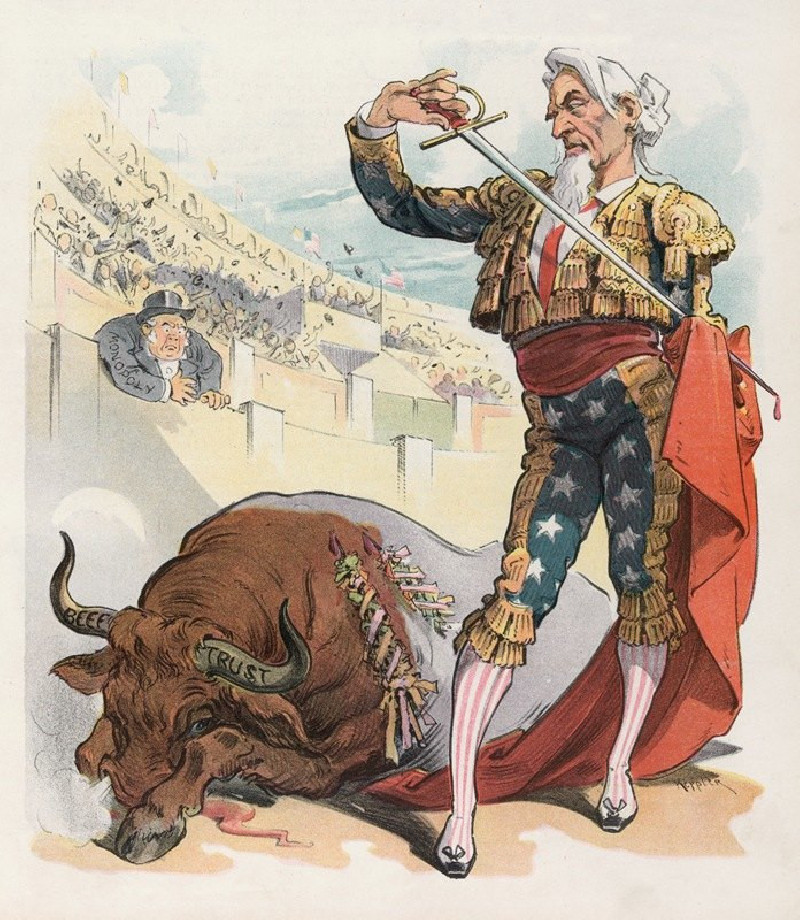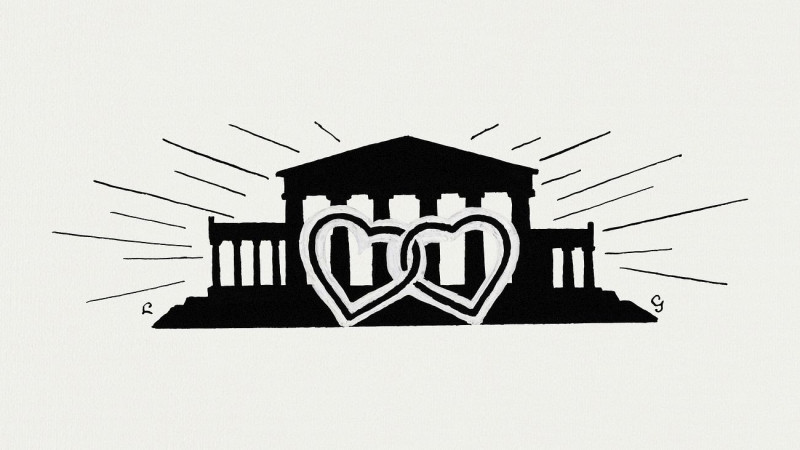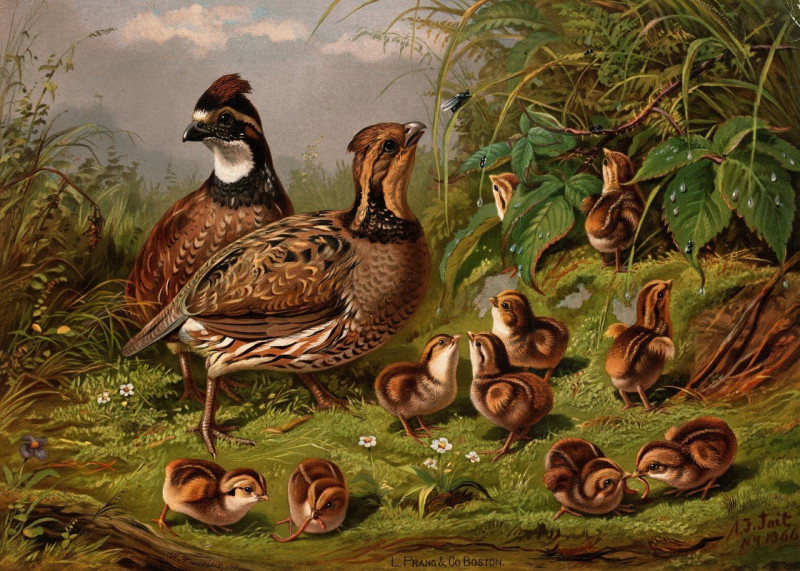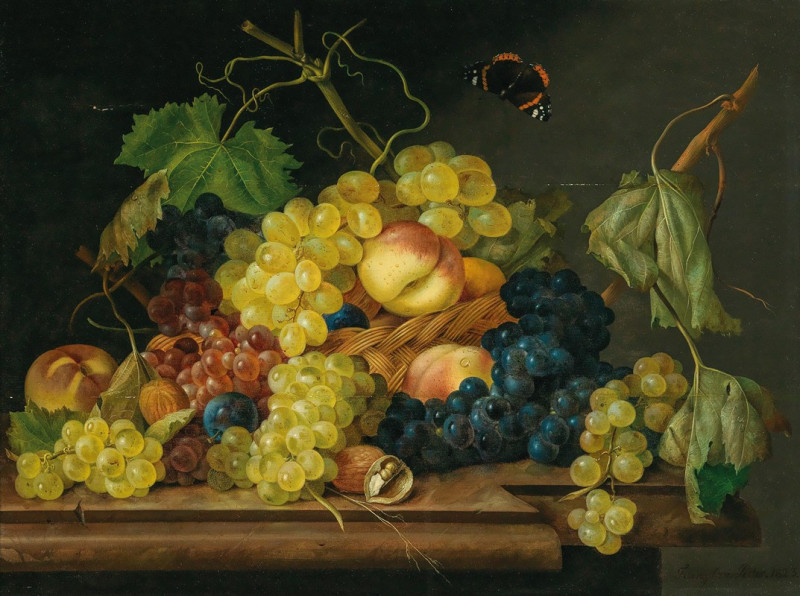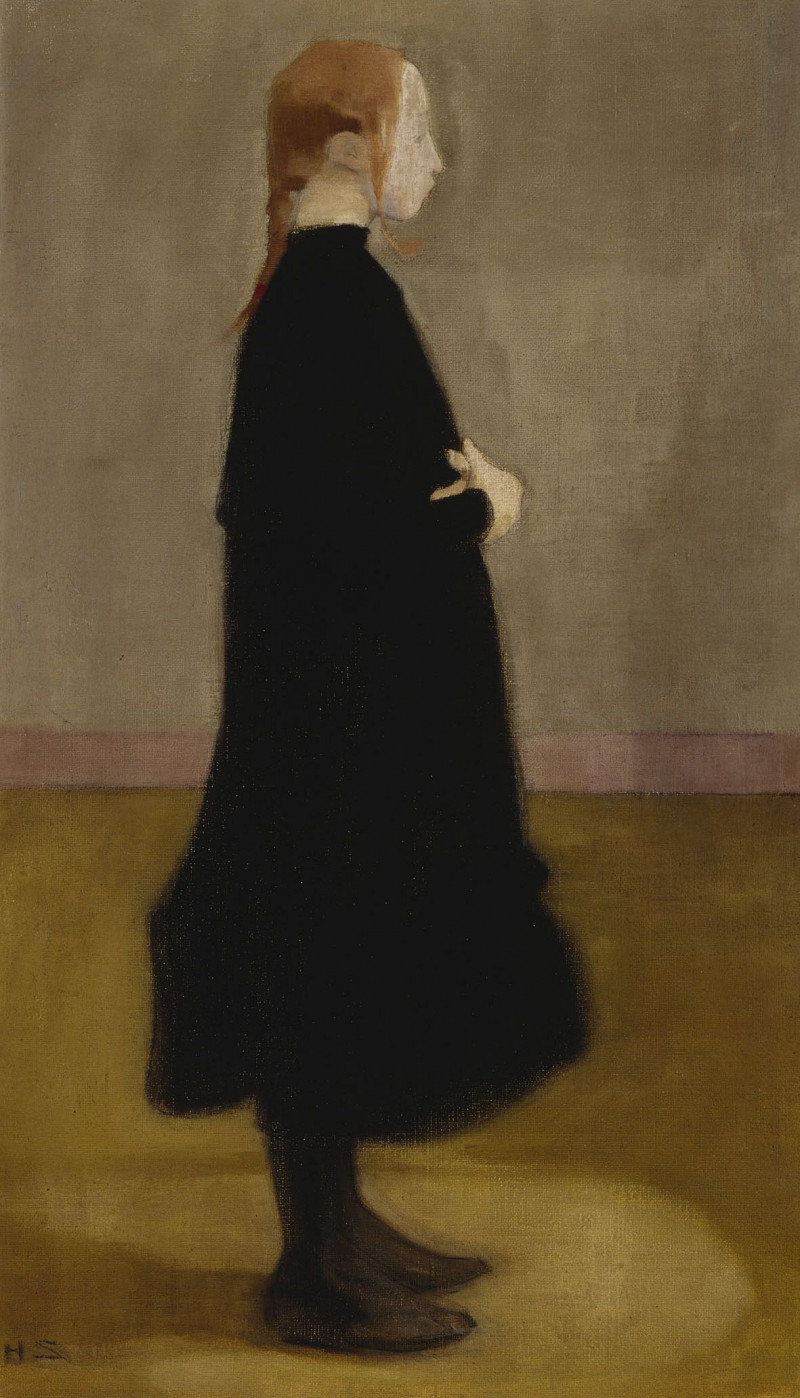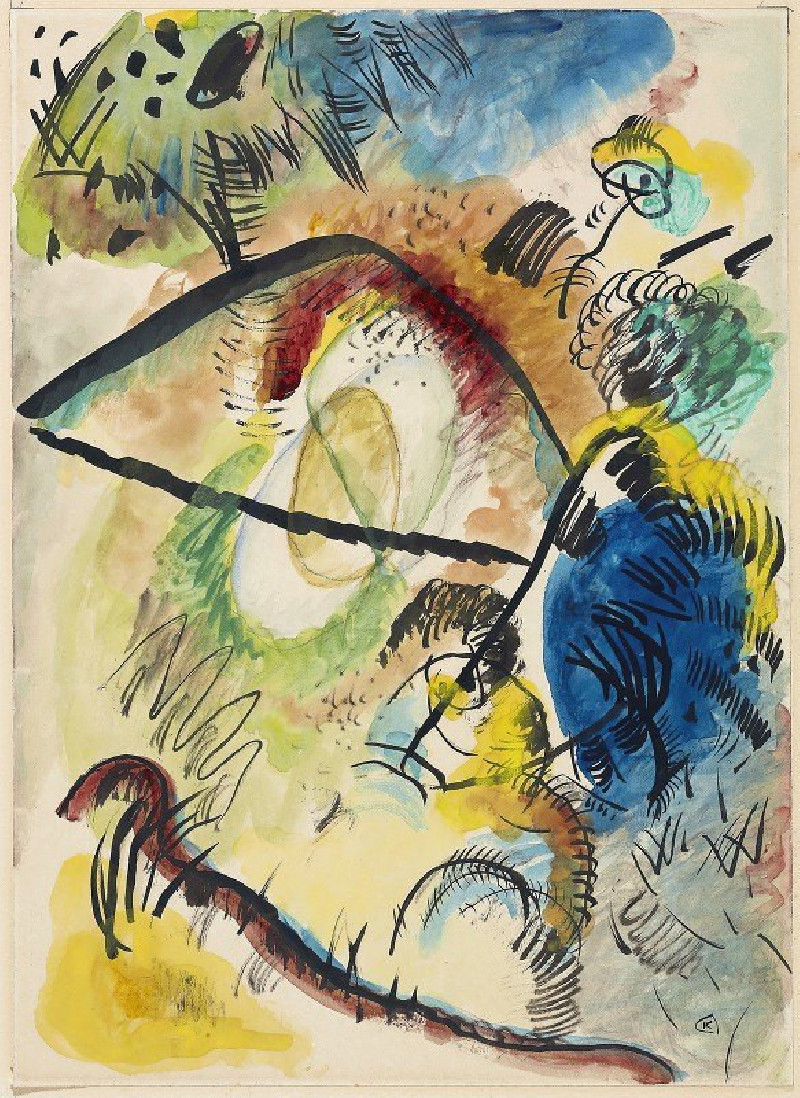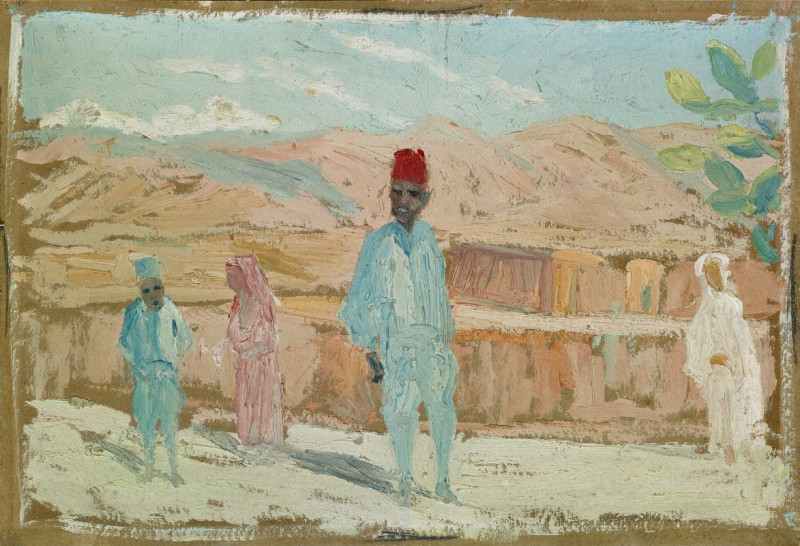Arthur Dove'S Reaching Waves
Technique: Giclée quality print
Recommended by our customers
More about this artwork
"Reaching Waves" by Arthur Dove is a visually striking work that captures the dynamic movement and raw energy of the sea. In this painting, Dove uses a medley of shapes and colors to portray the force of the ocean waves. The composition centers on several large, curved forms that suggest the rolling motion of the water. These forms, rendered in shades of blue, brown, white, and grey, overlap and intertwine, creating a sense of depth and fluid movement.The contrast between the dark, deep blues and the lighter, frothy whites appears to mimic the appearance of waves cresting and breaking. The textural differences in the painting lend a tactile quality to the water's surface, evoking the foam and spray that rises from the ocean as waves collide. On the left side of the painting, vertical strokes of dark blue suggest a separate, yet connected, watery realm or perhaps a reflection of the verticality of cliff sides or man-made structures adjacent to the water.Dove's abstract style does not aim to depict the ocean realistically but rather to capture the essence and emotion evoked by the natural world. By breaking down the scene into essential colors and forms, Dove invites viewers to feel the power and rhythm of the waves, rather than simply view them as a passive scene. This painting is a beautiful example of how early 20th-century American artists like Dove were exploring and pushing the boundaries of abstraction derived from nature.
Delivery
Returns
Arthur Dove was a Modernist American artist well known for landscapes and abstract paintings. Dove produced commercial illustration works for magazines including Harper’s Magazine. After returning from Paris, Dove met Alfred Stieglitz who mentored him. During his life, he created a number of inventive and distinguishing artworks using stylize abstract forms, often representing nature including sunrise, trees, water, waterfall, and thunderstorm. Dove’s fame continued to grow after his death. He is said to influence the first generation of Abstract Expressionists, such as Jackson Pollock and Mark Rothko.

